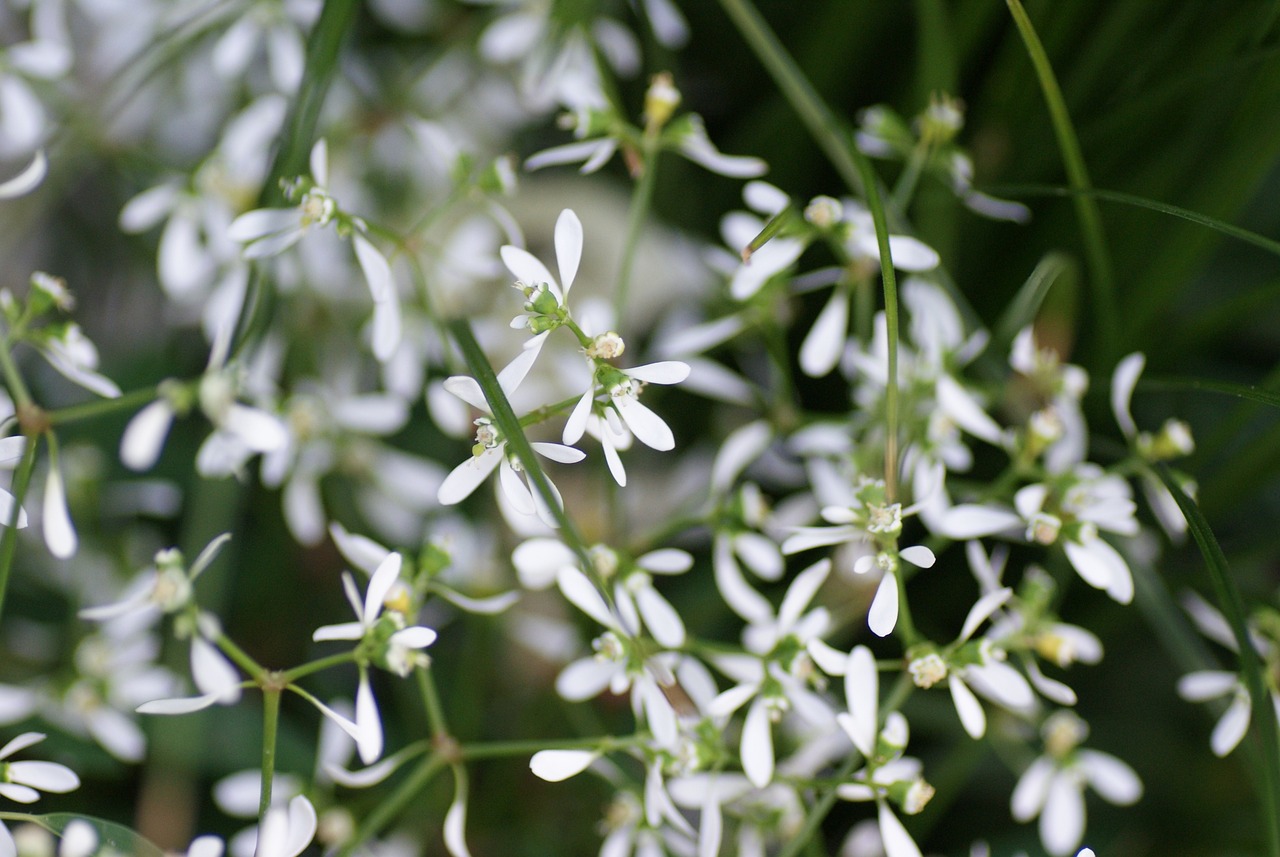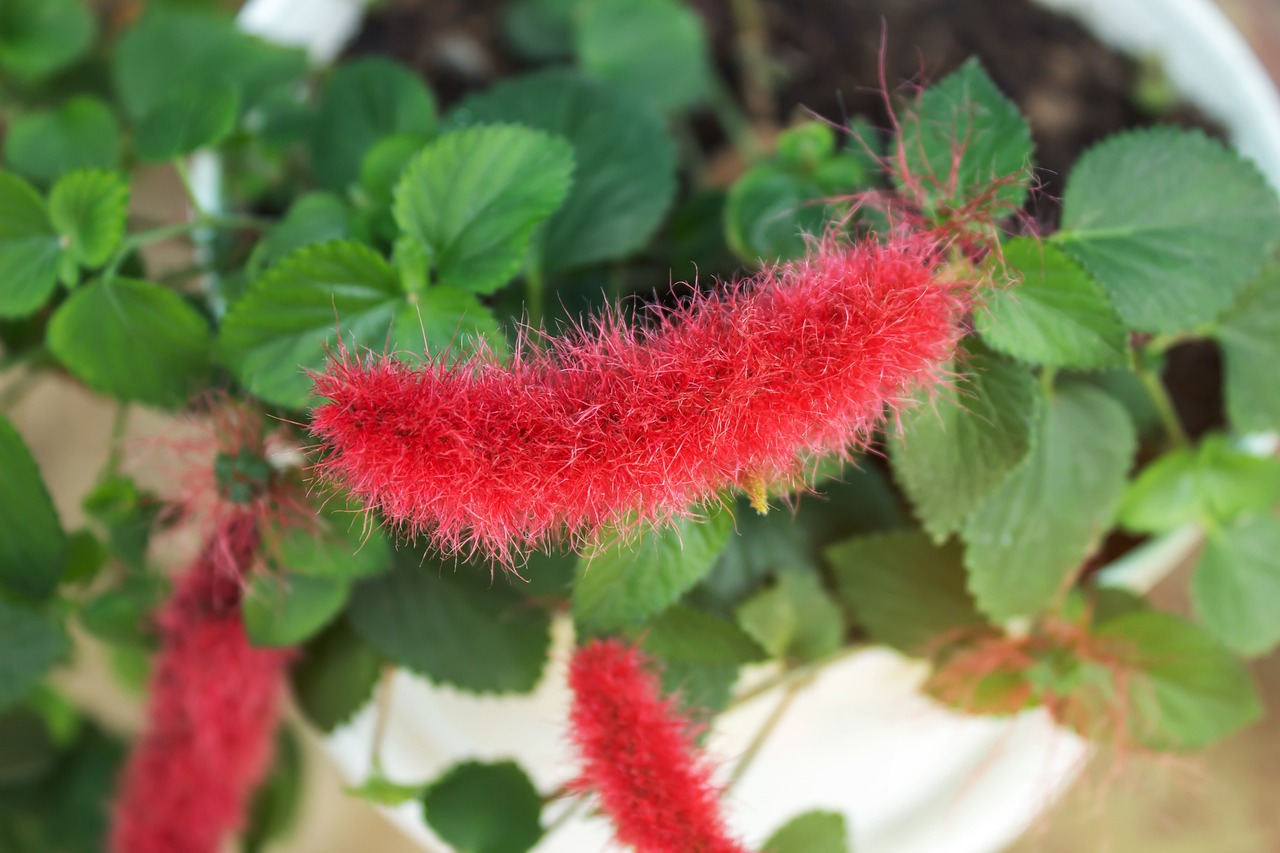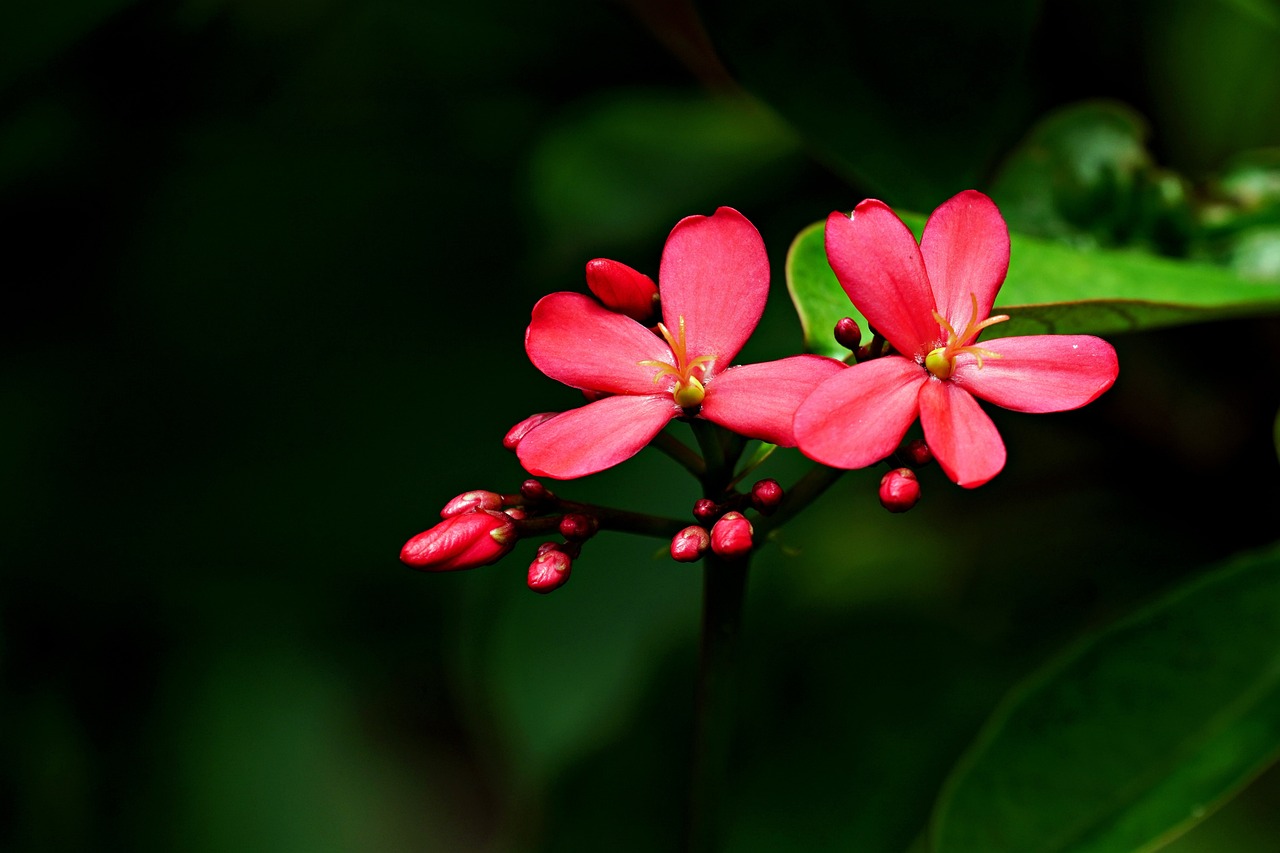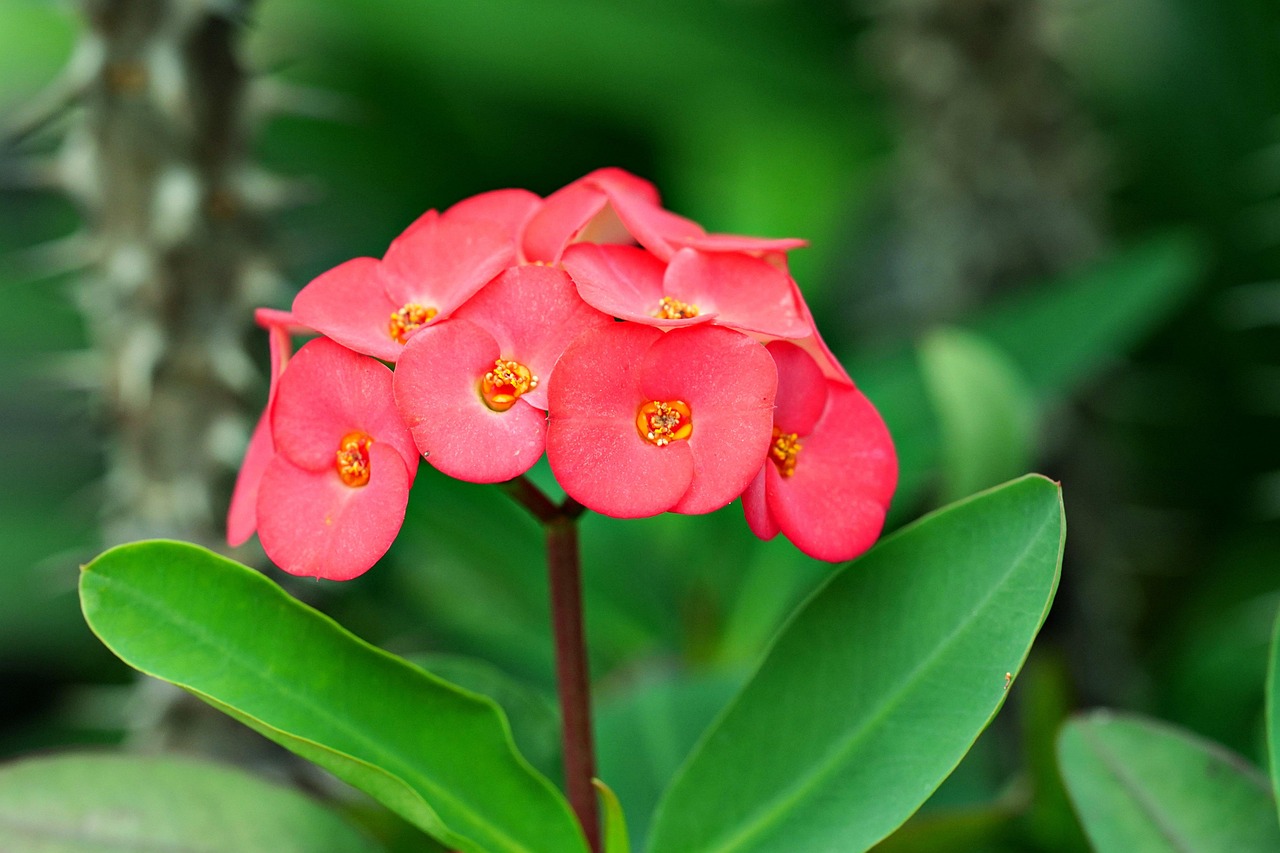Euphorbia polychroma | A Green-Yellow Halo Across Central Europe
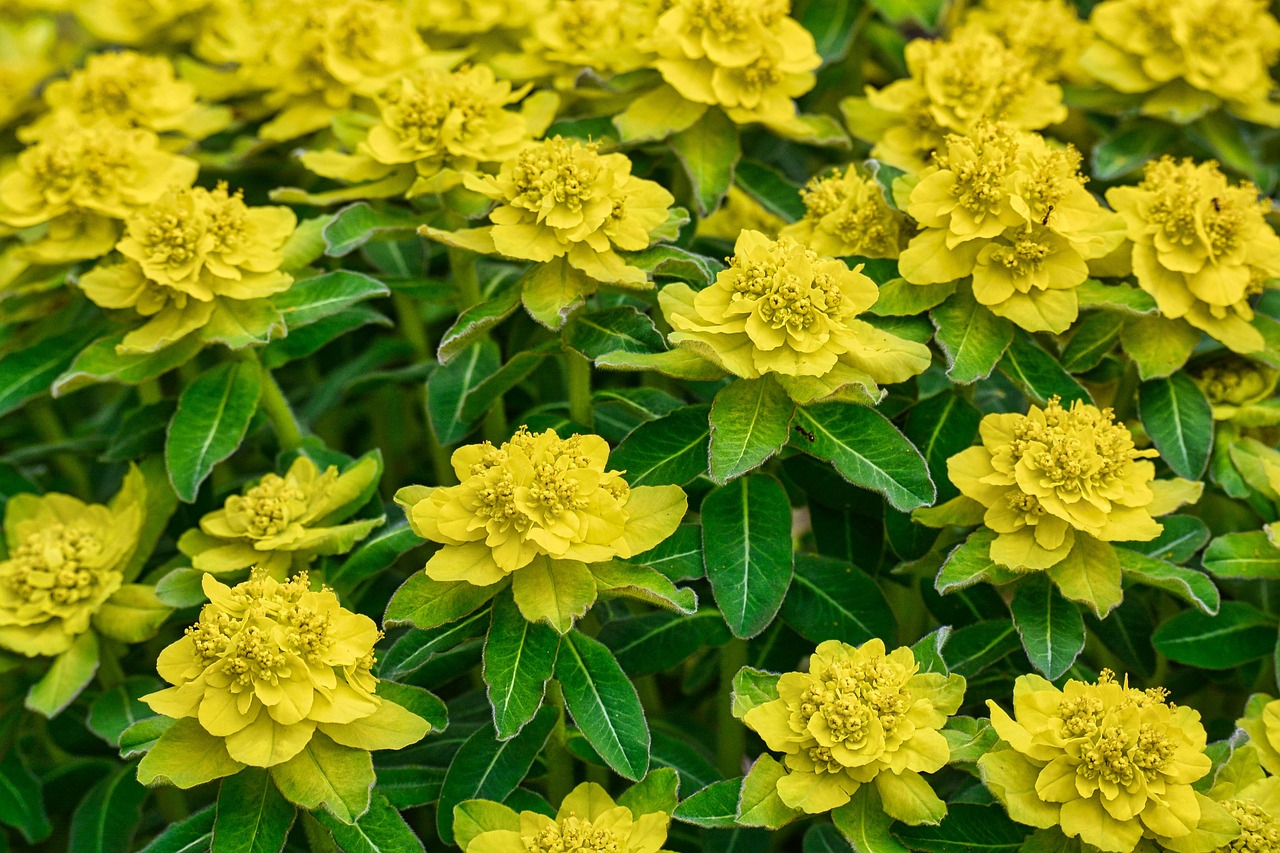
Euphorbia polychroma is a perennial plant admired for its vivid yellow bracts and the unique seasonal color changes of its foliage.
From spring to early summer, it produces bright blossoms, while in autumn the leaves turn shades of red and orange, allowing me to enjoy its beauty throughout much of the year.
In this article, I explain in detail the basic information, cultural and historical background, and cultivation methods of Euphorbia polychroma.
Basic Information
- Scientific name: Euphorbia epithymoides
- Family: Euphorbiaceae
- Origin: Europe, Western Asia
- Appearance: Forms rounded, bushy clumps with vibrant yellow bracts in spring. In autumn, the foliage turns red or orange, offering seasonal variations in appearance.
- Flowering period: Spring (April–June)
Cultural Features Worldwide
Due to its bright yellow bracts and striking foliage changes, Euphorbia polychroma has been widely used in gardens and landscape design, particularly across Europe.
In British garden culture, it is valued as a spring-flowering plant, often featured in cottage gardens and naturalistic designs.
In France and Germany, it is planted not only in traditional gardens but also in parks and beneath street trees, where it enhances the landscape.
In recent years, thanks to its tolerance of both cold and heat, it has spread to gardens in North America and Japan.
Historical Episodes
Plants of the genus Euphorbia have long been known in Europe and used both ornamentally and medicinally.
Euphorbia polychroma began to be cultivated widely from the 18th century, gaining recognition in Britain and France as a valuable ornamental plant.
By the 19th century, botanical gardens advanced research and hybridization programs, creating improved cultivars.
During the Victorian era in Britain, its vivid yellow flowers came to symbolize “cheerfulness” and “hope,” making it especially popular as a plant to brighten spring gardens.
Owing to its strong hardiness and low maintenance, it eventually spread throughout Europe.
Gardening Advice
Euphorbia polychroma is hardy, easy to grow, and admired for its colorful bracts and foliage. By following key care points, I can cultivate healthy plants.
Sunlight
Prefers sunny locations, though it will also grow in partial shade.
Watering
Drought-tolerant; water sparingly, only after the soil surface has dried.
Soil
Requires well-drained soil; sandy or humus-rich soil mixes are suitable.
Fertilizer
Apply a small amount of slow-release fertilizer in spring for more vivid foliage and bract color. Avoid overfertilization.
Cold/Heat Tolerance
Highly cold-hardy, suitable for colder regions. Less tolerant of humid summer heat; provide good air circulation.
Pruning
Prune after flowering to maintain a compact form. In autumn, remove old leaves to encourage new growth.
Conclusion
Euphorbia polychroma is a striking perennial, with bright yellow bracts in spring and red-to-orange foliage in autumn.
It has long been cherished in Europe as a garden plant, decorating cottage gardens and public landscapes alike.
Since the 18th century, it has gained prominence as an ornamental plant, particularly in Britain and France.
With strong cold tolerance and relative drought resistance, it can be grown successfully in a wide range of climates.


